
“There is this tendency out here just to not care about art history, but its because we are a young city, we’re not an old city, we’re not surrounded by art, we don’t have to deal with our past because..there is no past”-John Baldessari, Artist
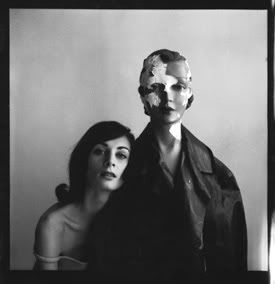

The Phantom Itunes project is getting a facelift in 2011, I am excited to announce that I now have Netflix streaming on my computer and will be able to continue to educate myself (and hopefully you!) on art house films that exceed my remaining $9.78 balance. Can I still call it the Phantom itunes Project? The NETFLUX Project? Can I use my chump change to buy Jock Jams? I have some time to figure things out.
Over the holidays, I had the pleasure of watching the Cool School:
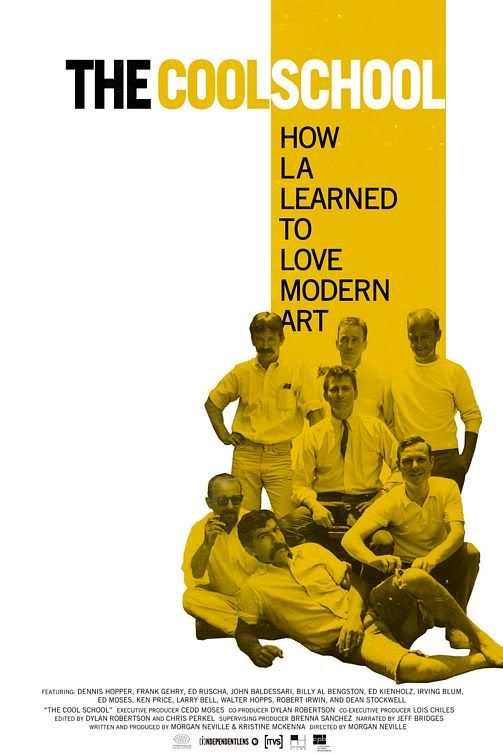
Synopsis
“The Cool School is an abject lesson in how to build an art scene from scratch and what to avoid in the process. The film focuses on the seminal Ferus Gallery, which groomed the LA art scene from a loose band of idealistic beatniks into a coterie of competitive, often brilliant artists, including Ed Kienholz, Ed Ruscha, Craig Kauffman, Wallace Berman, Ed Moses and Robert Irwin. The Ferus also served as launching point for New York imports, Andy Warhol (hosting his first Soup Can show), Jasper Johns, and Roy Lichtenstein, as well as leading to the first Pop Art show and Marcel Duchamp’s first retrospective. What was lost and gained is tied up in a complex web of egos, passions, money, and art. This is how LA came of age. “(via arthousefilmsonline)

“The Cool School is about San Francisco vs LA, New York vs LA, commercialism and bohemianism. Ferus managed to do for art in LA what museums would not; the gallery gave birth to a vibrant, coaelescing scene. Assemblage art, abstract expressionism, or Pop- Ferus artists shares ideas, goals, studios, women and a vision”(via The Cool School official site)
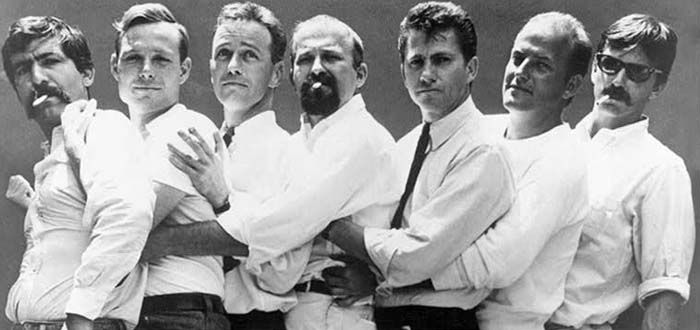
The Ferus Gallery was founded in 1957 by the curator Walter Hopps, the artist Edward Kienholz, and the poet Bob Alexander. In 1958 Kienholz left to concentrate on producing art, and his stake in the gallery was replaced by Irving Blum.

Of the people interviewed for The Cool School, I was most surprised to see Dennis Hopper’s familiar face. But as I recently learned of his vast art collection up for auction at Christie’s, Dennis was an avid collector and prominent figure in the LA art scene of the 60’s.

(The home of Dennis Hopper)
One aspect of the film I found particularly interesting was the dynamic and often times volatile relationship between the owners and artists of the gallery—there can be serious issues associated with limited partnerships. Experience and anecdotes I’ve picked up over time would indicate your closest friends or significant others may not make the best roommates/business partners. As a matter of fact, when founder Walter Hopps divorced his wife, co-founder Irving Blum was there to pick up the pieces ..by remarrying her shortly after.
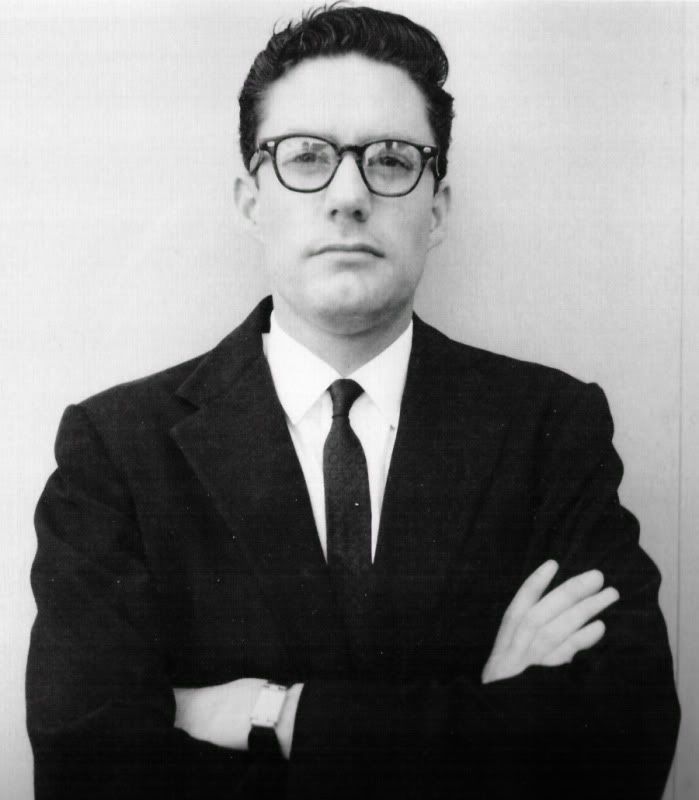
(Walter Hopps)
The Cool School does a great job of fleshing out the personalities of the film. Hopps was a bit of an introvert, operated behind the scenes, and his obituary in the Washington Post described him as a “sort of a gonzo museum director — elusive, unpredictable, outlandish in his range, jagged in his vision, heedless of rules.” While Blum on the other hand, was more of a man about town, showboater, and overt schmoozer.
It was only a matter of time before these two got on eachother’s last nerve.
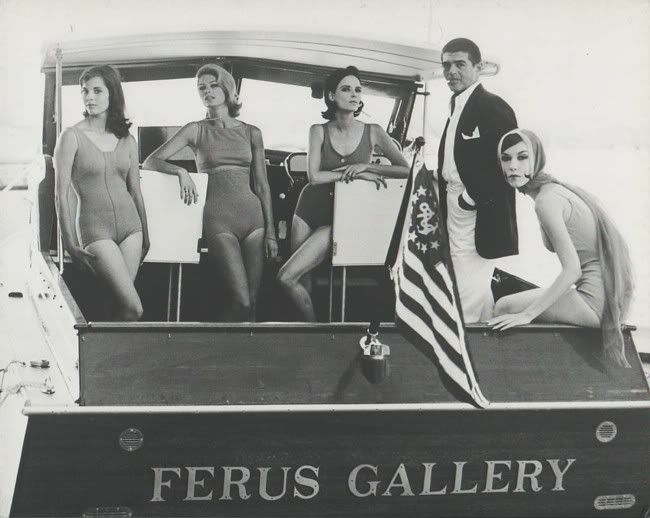
(Irving Blum)
The film was an extremely engaging and comprehensive restrospective of the burgeoning Los Angeles modern art movement of the late 50’s that takes you from t=0 straight through to the established market/West Coast powerhouse it has become today.
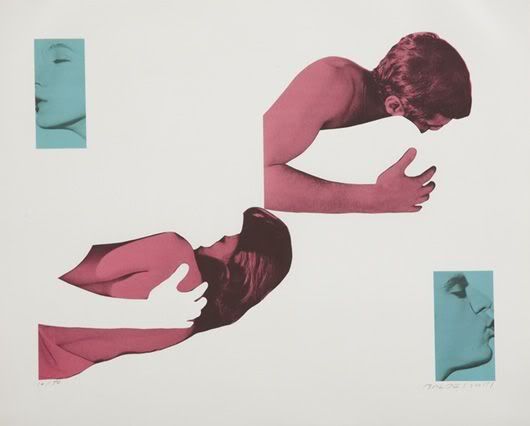
(John Baldessari)
“Art offers the possibility of love with strangers.”-Walter Hopps ♥




